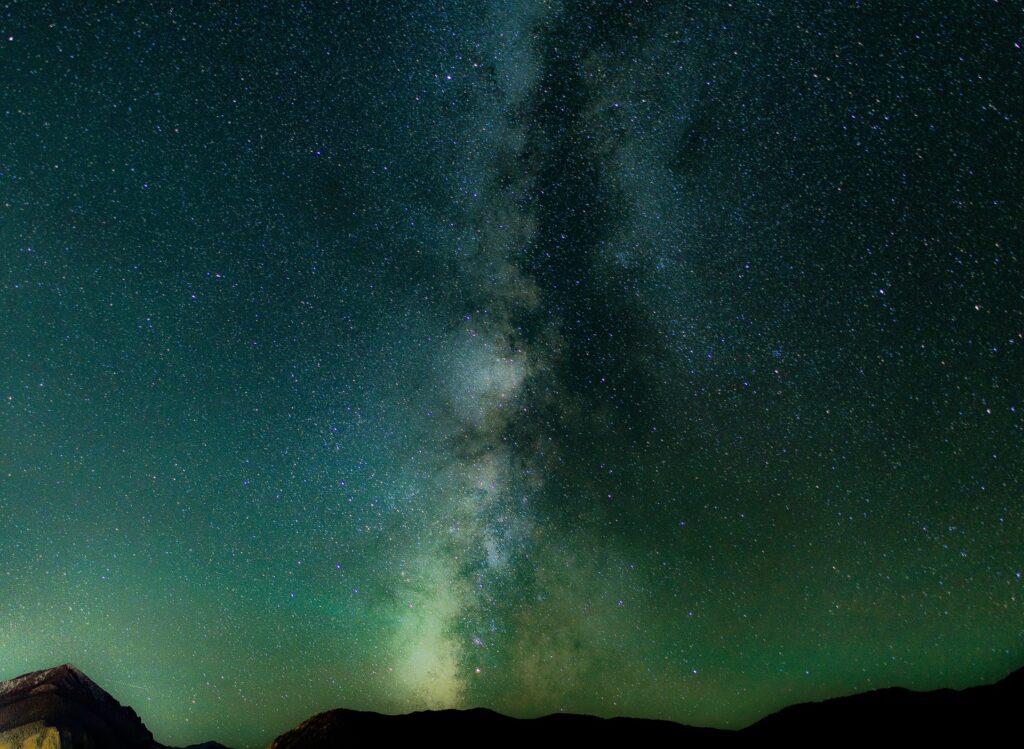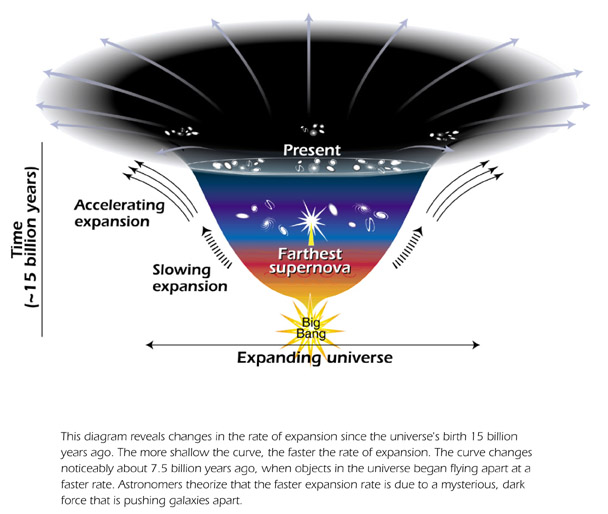If you look up into the ghostly sky at night, you might be lucky enough to see lots of stars, and if you have access to a telescope you will be able to see many more stars and other objects in the universe. In theory, you could just count how many stars there are in our galaxy for example and using this information work out how much our galaxy weighs. The trouble is if you do this, you don’t get the right answer because there are a lot of thrilling things we can’t see out there.

So how do we know that this stuff is there if we can’t see it? The answer to this question lies in our understanding of the force of gravity. If we know how much two objects weigh (or more correctly what their mass is) we can use maths to work out how they should move in relation to each other. So in our galaxy, if we look at how the stars move, we can work out the total mass of the galaxy. If we use this method we get an answer which is about twice the size of the answer we would get using the counting stars method.
This means there must be some other mysterious mass which we can’t see, and we call this mass dark matter. We don’t know what it is, but it makes up 85% of the mass of the universe.

Particle accelerators such as the LHC at CERN are trying to create these ominous dark matter particles. They do this by accelerating particles to very high energies and making them collide. In this collision, new particles are created. So the next question you might ask is how do we know we have created one of these particles if we can’t see (or detect) them? Again, the fang-tastic answer lies in looking at how the new particles move. We can measure the mass and energy of the particles we can see and we know how much energy was there before the collision so we can work out if any has gone missing. If it has, it could be in an unseen dark matter particle.
There are other theories about what dark matter could be including the existence of more black holes than we currently know about, and some people even think our theory of gravity could be wrong.

We might not know what dark matter is, but we suspect it is there and we can work out the mass of the universe. Our current understanding is that the universe is expanding and has been ever since the Big Bang. The mass in the universe should slow this expansion down as gravity pulls against the expansion. However, we know the expansion is actually accelerating so there must be a force driving this. We call this force dark energy. We have even less idea of what “dark energy” is, but we can calculate from the rate of expansion that it must make up 68% of the mass-energy of the universe.
So, to summarise you are living in a universe where we only know what 5% of it actually is! Spooky!
